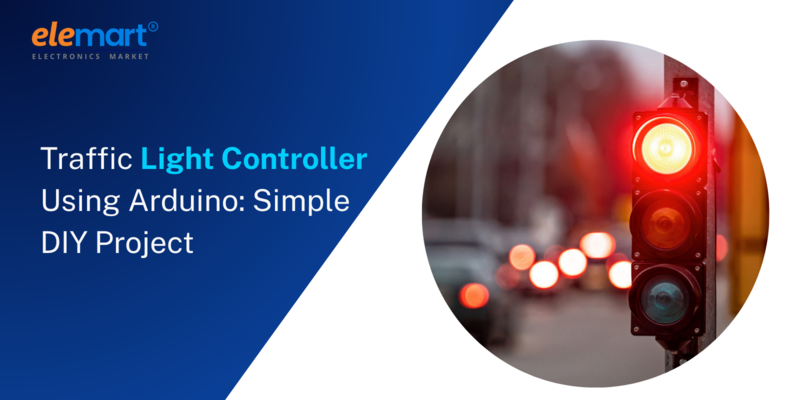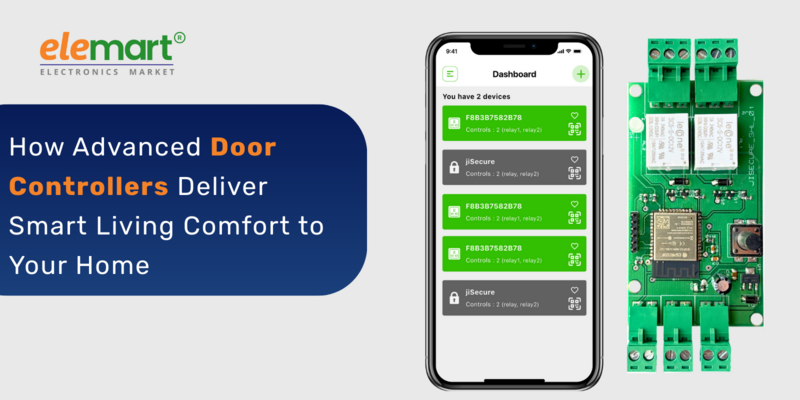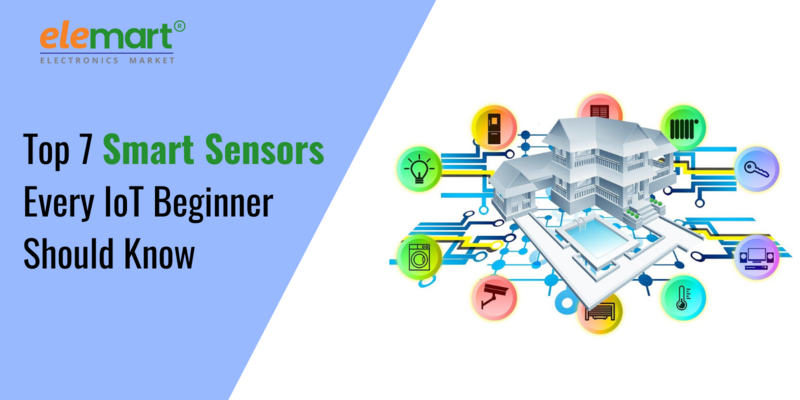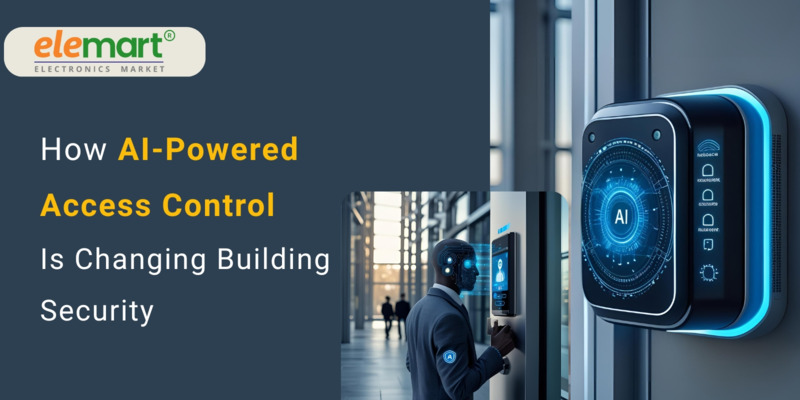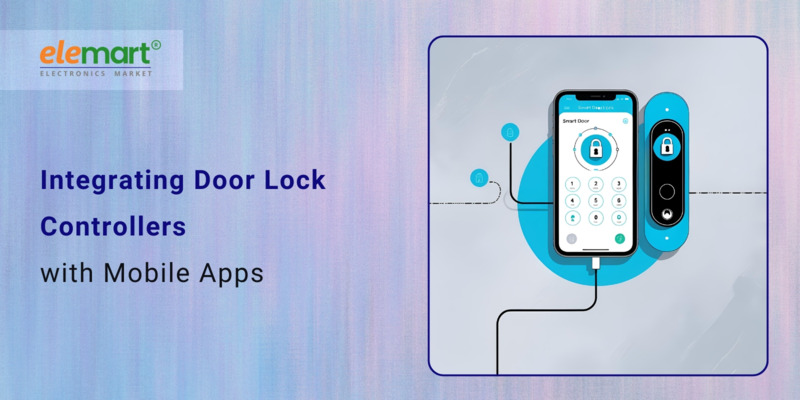- Jul 02, 2025
Share this post on:
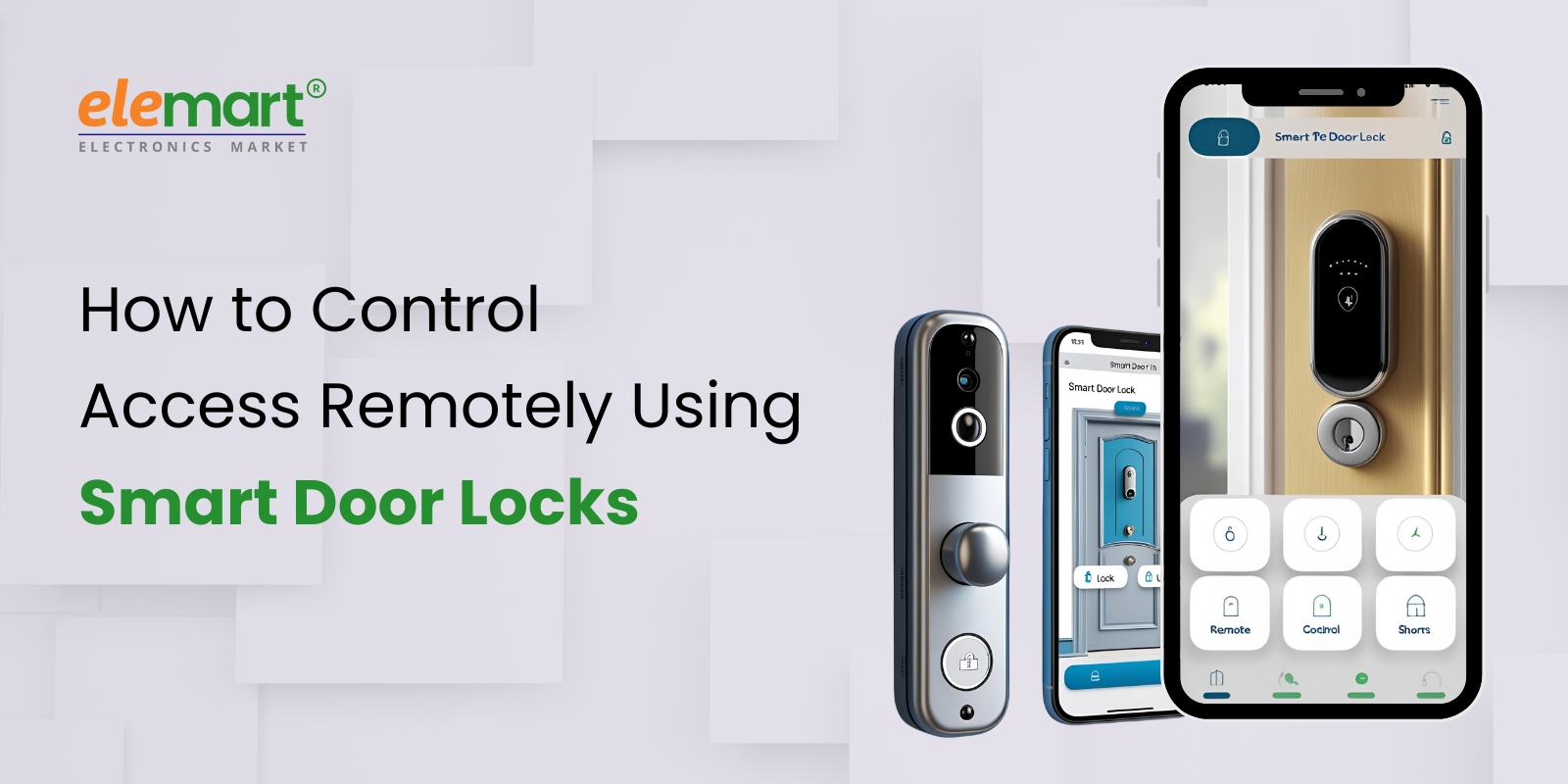
The days of fumbling for keys, worrying about lost keys, or relying on spare keys hidden under the doormat are fading fast. Smart door locks are revolutionizing home security and convenience, offering a level of control and flexibility previously unimaginable. Imagine granting temporary access to guests, service providers, or family members – all from your smartphone, no matter where you are. This isn't science fiction; it's the reality of smart home technology. This guide will explore everything you need to know about controlling access remotely using smart door locks, from the benefits to the security considerations and even troubleshooting tips.
Why Embrace Remote Access Control with Smart Door Locks? The Benefits are Abundant
The appeal of smart door locks goes far beyond simple convenience. Let’s dive into the tangible advantages:
- Keyless Entry: The most obvious benefit! No more keys to carry, lose, or worry about being copied. This is especially helpful for families with children who are prone to misplacing things.
- Remote Access Granting: This is the core feature. Grant temporary or permanent access to anyone, anywhere, using your smartphone. Perfect for:
- Guests: Let house sitters, Airbnb guests, or visiting relatives in without needing to be present.
- Service Providers: Give plumbers, cleaners, or dog walkers access during specific time windows.
- Family Members: Provide secure access for children coming home from school or elderly relatives.
- Activity Monitoring & Logs: Most smart locks keep a detailed log of who enters and exits, and when. This provides a significant boost to security and can be invaluable for verifying entries.
- Enhanced Security: Beyond simple access control, many smart locks offer features like auto-locking, tamper alerts, and activity notifications to enhance overall home security.
- Integration with Smart Home Ecosystems: Smart locks seamlessly integrate with popular smart home platforms like Amazon Alexa, Google Assistant, and Apple HomeKit. You can use voice commands to lock and unlock your door or trigger other smart home actions based on door events. ("Alexa, lock the front door.")
- Eliminate Spare Keys: Those hidden keys under rocks or fake planters? Get rid of them! Smart locks provide a far more secure and manageable solution for granting access.
- Vacation Peace of Mind: Check your door lock status remotely while you're on vacation, ensuring your home is secure and you can provide access to trusted individuals if needed.
Understanding the Landscape: Different Types of Smart Door Locks
Not all smart locks are created equal. Here's a breakdown of common types:
- Keypad Entry Locks: These locks feature a numerical keypad where users enter a code to unlock the door. They eliminate the need for physical keys but still require users to remember a code. Many offer programmable user codes.
- Touchscreen Locks: Similar to keypad locks, these offer a more intuitive touchscreen interface for code entry. Often come with advanced features like fingerprint recognition.
- Biometric Locks (Fingerprint Scanners): These locks use fingerprint scanning for identification, providing a highly secure and convenient entry method. They’re often more expensive but offer a great level of personalization and security.
- Connected Deadbolts: These are traditional deadbolts that have been “smartened” with electronic components and Wi-Fi connectivity. They generally replace your existing deadbolt and are a good option if you want a relatively simple upgrade.
- Connected Lever Handles/Knob Sets: Similar to connected deadbolts, these replace your existing lever handle or knob set and offer smart functionality.
- Video Smart Locks: These locks combine the functionality of a smart lock with a built-in camera, allowing you to see who's at the door before you unlock it. Many offer two-way communication, so you can speak to visitors remotely.
Connectivity Matters: Wi-Fi, Bluetooth, and Z-Wave/Zigbee
Smart door locks utilize different connectivity protocols:
- Wi-Fi: These locks connect directly to your home’s Wi-Fi network, allowing for remote access from anywhere with an internet connection. This is the most common and convenient option.
- Bluetooth: Bluetooth locks typically require you to be within Bluetooth range (around 30 feet) to unlock them. They often have a local keypad as a backup.
- Z-Wave/Zigbee: These are low-power wireless protocols that require a hub (like a SmartThings hub or Amazon Echo with a built-in hub). They offer excellent range and reliability and are less susceptible to Wi-Fi interference. They often offer better battery life.
Security Considerations: Protecting Your Digital Front Door
While smart door locks offer incredible convenience, it has also introduce new security concerns. Here’s how to mitigate potential risks:
- Strong Passwords & Two-Factor Authentication (2FA): Just like any online account, use a strong, unique password for your smart lock’s app and enable 2FA whenever possible.
- Regular Firmware Updates: Manufacturers regularly release firmware updates to patch security vulnerabilities. Ensure your lock's firmware is always up-to-date.
- Secure Your Wi-Fi Network: A compromised Wi-Fi network can provide access to your smart lock. Use a strong Wi-Fi password and enable WPA3 encryption.
- Be Careful with Shared Codes: Consider the potential risks of sharing codes with guests or service providers. Use temporary, time-limited codes whenever possible.
- Review Access Logs Regularly: Keep an eye on your lock’s activity logs to detect any suspicious activity.
- Research the Manufacturer's Security Practices: Choose reputable brands with a proven track record of security and data privacy.
- Physical Security: Don’t overlook the basics. Ensure your door frame and hinges are sturdy and resistant to forced entry.
- Beware of Phishing: Be wary of suspicious emails or messages asking for your login credentials.
Troubleshooting Common Smart Lock Issues
Even with the best technology, problems can arise. Here's a quick guide to troubleshooting:
- Lock Not Responding:
- Check Battery: Low battery is the most common culprit. Replace or recharge the batteries.
- Check Wi-Fi Connection (for Wi-Fi locks): Ensure your router is working and the lock is within range.
- Restart the Lock: Try restarting the lock by removing and replacing the batteries (if applicable).
- Re-Pair the Lock: If the lock is disconnected from the app, try re-pairing it. Consult the manufacturer's instructions.
- App Connectivity Issues:
- Check Internet Connection: Make sure your smartphone has an active internet connection.
- Update the App: Ensure you have the latest version of the lock’s app installed.
- Log Out and Log In: Try logging out of the app and logging back in.
- Code Issues (for Keypad Locks):
- Double-Check the Code: Make sure you’re entering the code correctly.
- Reset the Code: If you’re having trouble, try resetting the code to the default setting.
- Locking/Unlocking Issues:
- Obstructions: Ensure the door isn’t obstructed.
- Strike Plate Alignment: Check the alignment of the strike plate.
- Motorized Issues: This might require professional help.
Choosing the Right Smart Lock for Your Needs
- Budget: Prices range from around $100 for basic models to $300+ for high-end video locks.
- Connectivity Preference: Wi-Fi for remote access, Z-Wave/Zigbee for reliability, Bluetooth for local control.
- Features: Keypad, touchscreen, fingerprint scanner, video camera, auto-locking, activity logs.
- Integration: Compatibility with your existing smart home ecosystem.
- Ease of Installation: Some locks are easier to install than others. Consider whether you're comfortable with DIY installation or prefer professional help.
Conclusion
Smart door locks offer a powerful combination of convenience, security, and control. By understanding the different types of locks, addressing potential security concerns, and following the troubleshooting tips outlined in this guide, you can unlock a new level of freedom and peace of mind. Embrace the future of access control and experience the benefits of smart door locks today!
